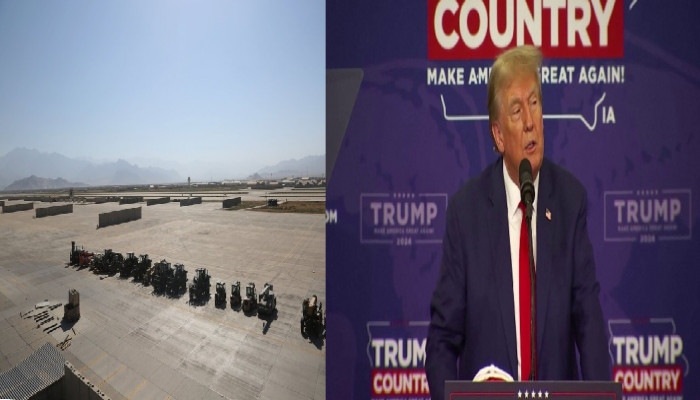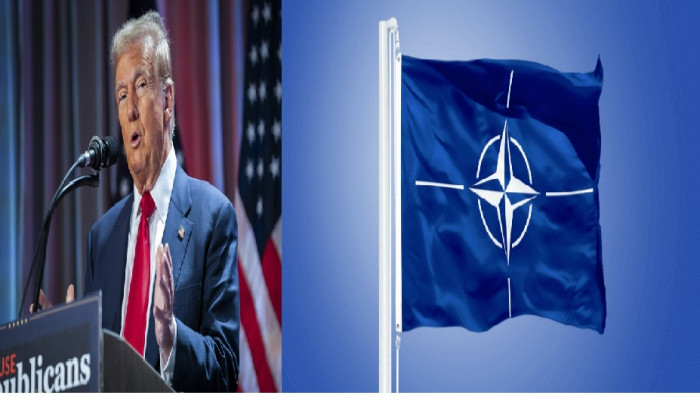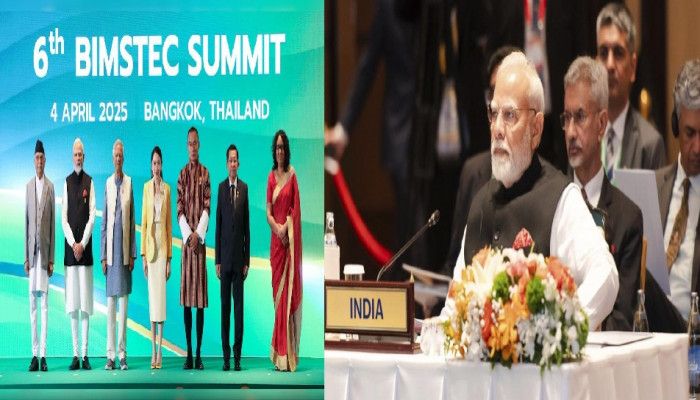- Apr 15, 2025
- Major General Harsha Kakar
Featured Articles
The Mysterious Case of the Bagram Airbase
There is an unconfirmed report that the US has redeployed to the Bagram airbase in Afghanistan. This base was the command centre for NATO and US forces throughout their occupation of Afghanistan. The Taliban took it over after the US withdrawal and the collapse of the Afghan army. Bagram has two runways, including one capable of handling bombers and large cargo aircraft, parking slots for over 100 fighter aircraft, a 50-bed hospital and substantial forces. The report first emerged on Khaama Press, a media outlet which claims to report from Afghanistan, though it is based in the US. The report tracked a US C-17 aircraft, which took off from the Al-Udeid airbase in Qatar and landed in Bagram via Pakistan. The report adds that the flight was carrying top US intelligence officials, including Michael Ellis, the CIA’s deputy chief. Adding to the mystery and dubious intent, the report mentions that the aircraft switched off its transponder on entering Afghanistan airspace and re-switched it on when it re-entered Pakistan. The report has been denied by the Taliban’s chief spokesman, Zabiullah Mujahid. He mentioned, “There is no need for any country’s military presence in Afghanistan at present and the Islamic Emirate will not allow such an action.” He added that such an act was ‘impossible.’ There were no comments from the US. To add credence to the report was another input claiming that officials from China’s Ministry of State Security and Iran’s IRGC rushed to Kabul to meet the Taliban’s senior intelligence officials. Trump has repeatedly desired to redeploy to Bagram. The reason given by him is “because Bagram is exactly one hour away from where China makes its nuclear missiles.” He had mentioned that the US should have “a small force in Bagram.” Trump possibly hinted that the US need not take over the airbase and deploy aircraft, but initially establish monitoring facilities focused towards both China and Iran. Hence, the report of the base being handed over would be denied as it remains under control of the Taliban while resources which arrived in the first flight were those of the CIA meant for establishing a monitoring station and not military deployment. Taliban and US ties are being recalibrated. The Taliban recently released a US citizen, George Glezmann, held by them for the past two years, arrested while touring the country. George was handed over to the US hostage envoy, Adam Boehler, when he visited Kabul, accompanied by former US ambassador to Afghanistan, Zalmay Khalilzad. Discussions are on for the release of two more US citizens in exchange for an Afghan national under detention in Guantánamo. In response, the US government lifted its USD 10 million bounty on Taliban leader Sirajuddin Haqqani alongside two others, though they remain on the FBI's wanted list. The three had been accused of the 2008 Kabul Serena hotel bombing, which killed six, including an American citizen. There were also reports that the US may hand over the Afghan embassy in Washington to the Taliban, though it may not recognise the ambassador as the formal representative of the Kabul regime. Afghanistan also possesses minerals which the US needs. In case things move positively, it could invest in their extraction. The Trump administration no longer demands that Afghanistan return US equipment abandoned on its soil, while Afghanistan desires that the US release the USD 9.5 billion frozen by them in US banks. Whether the Taliban offered Bagram or it was a US suggestion when Khalilzad visited Kabul is unknown. China, concerned by increased attacks on it by Baloch Freedom Fighters, is now directing the Pakistani army to enhance its operations into Afghanistan. Simultaneously, Pakistan is pushing back Afghan refugees from its soil brutally, resulting in a strong anti-Pak wave in Afghanistan, leading to an increase in cadres of anti-Pak terrorist groups. Clashes along the Durand Line are a regular feature. This impacts Kabul’s ties with Beijing and Islamabad. The US currently does not need Bagram as a base to deploy airpower and troops. It needs it as a monitoring station, ensuring it stays ahead of its rivals, China, Iran and Russia. This does not necessitate taking over the base. The Russian Supreme Court would determine in mid-April whether the Taliban can be removed from its list of terrorist groups, opening doors for its recognition by Moscow. The US is already one step ahead. Bagram would also provide the US monitoring over Central Asia, a Russian dominated region, which it currently lacks. Iran is next door, and talks have commenced between Washington and Tehran on its nuclear program. Trump has threatened war in case talks fail. While that may not happen immediately, close monitoring could be better from Bagram. Chinese nuclear facilities, including those under construction in Xinjiang, are barely 400 km away, as also its missile-producing factory is 1500 km from Bagram. Thus far, the US was monitoring the same from the Philippines which was about 3000 Kms. Bagram would be a far better and more effective option. In case of an emergency, US aircraft could be rapidly deployed or transit exploiting the base. That is unlikely in the near future. The nation most impacted will be Pakistan, which is facing a brunt of attacks from Afghan soil. US-Taliban ties could impact Pakistan’s economic blackmail of Afghanistan. While US presence would enable it to monitor multiple terrorist groups operating in the region, including the ISIK, Al-Qaeda and the TTP (Tehreek-e-Taliban Pakistan), it could have been told by Kabul on what it could concentrate on, most likely ignoring the TTP. These are early days. The US flight into Afghanistan and its landing in Bagram was confirmed. Presence of a deputy director of the CIA on the flight does not hint at US intent to have military presence in Afghanistan, at least currently. Hence, in all likelihood the US would be establishing a monitoring station with strict restrictions on its personnel on movement. The Taliban could provide perimeter security. Rushed visits by Chinese and Iranian intelligence agencies to Kabul add credence to this news. Deployment of airpower resources is some distance away. It may happen in the future. Denials flowing from all sides today are logically correct, as the base remains under Taliban control. The future could be different. First published in The Statesman on 15 Apr 2025. Reproduced with the author’s permission.- Apr 11, 2025
- Ramaharitha Pusarla












